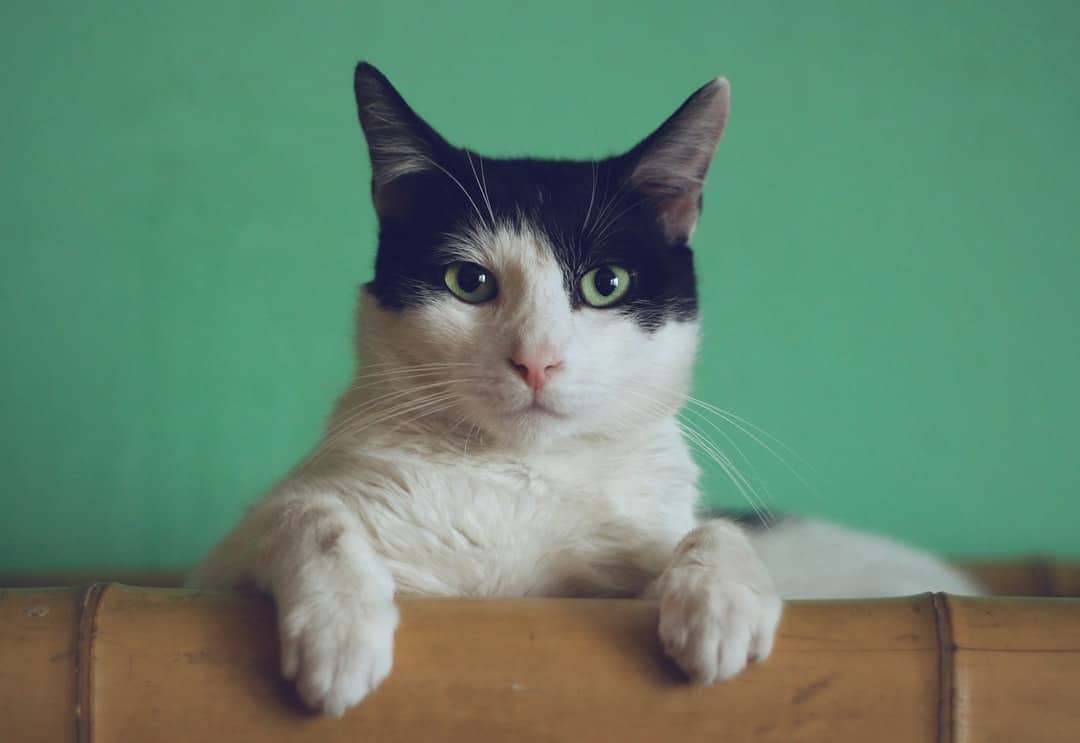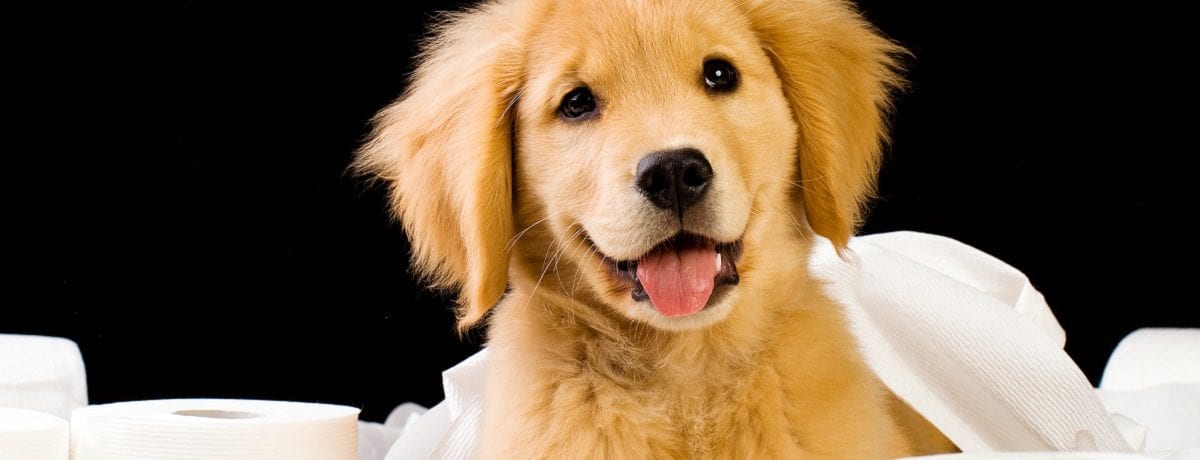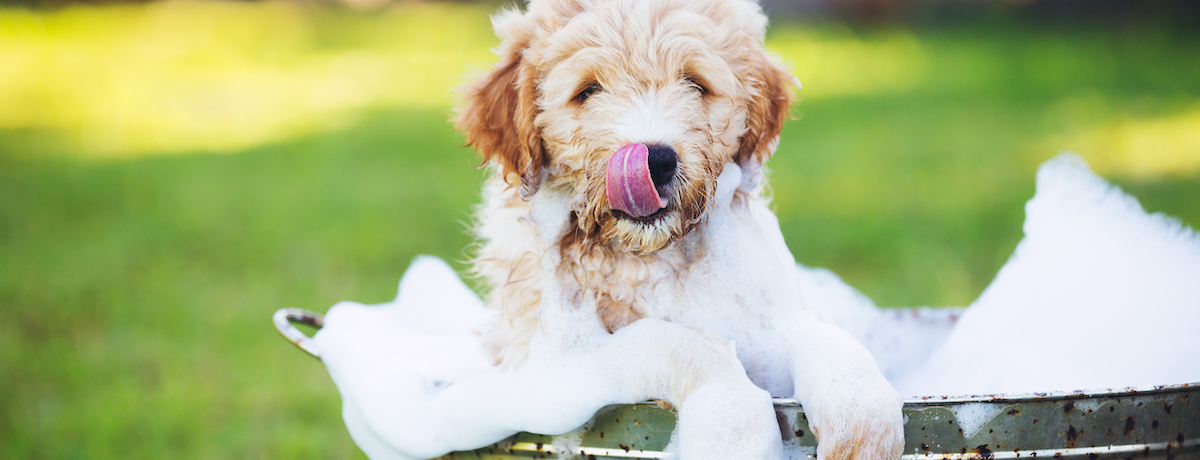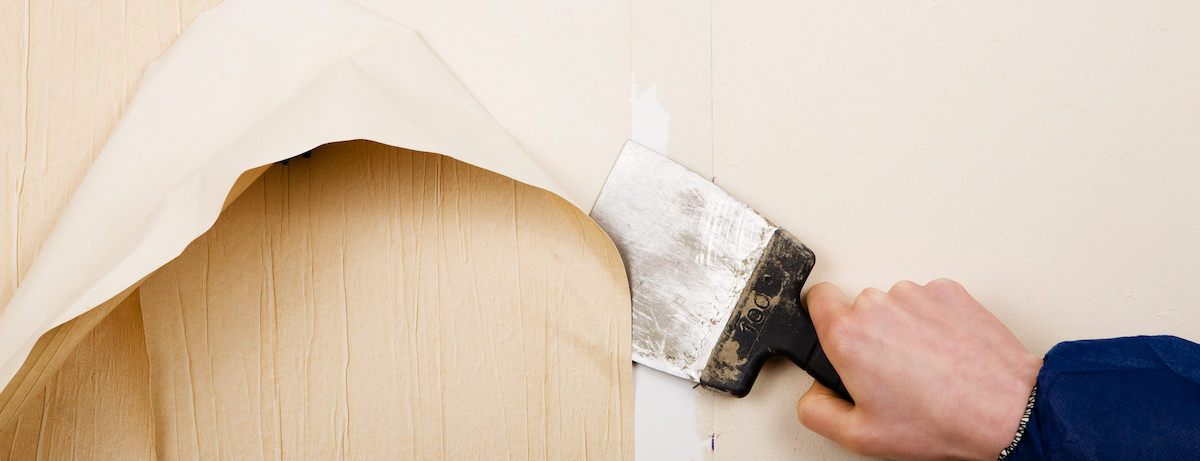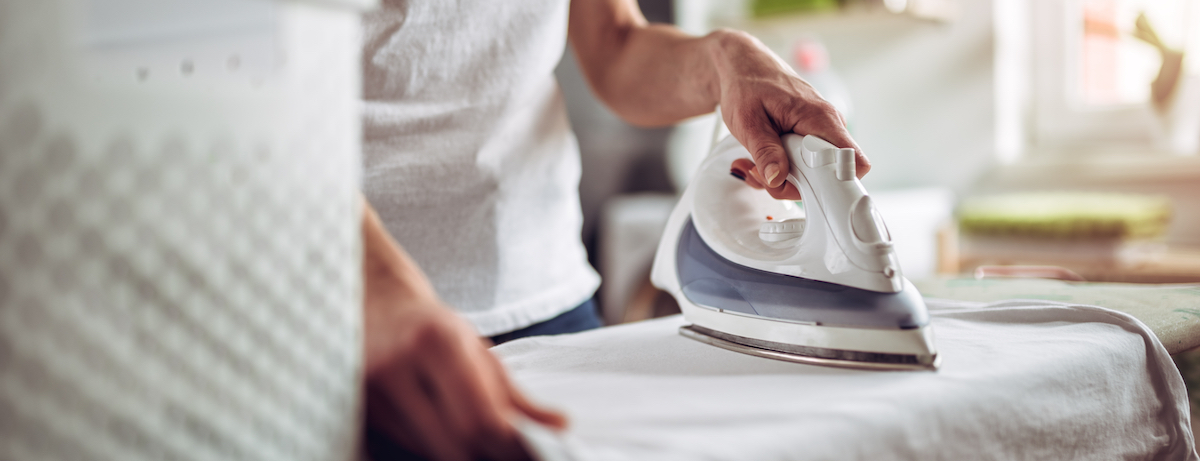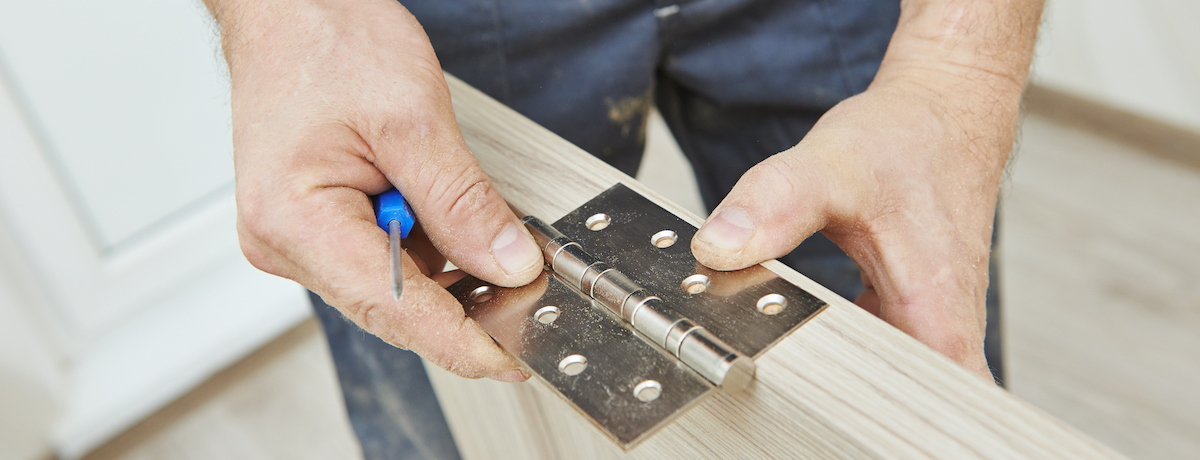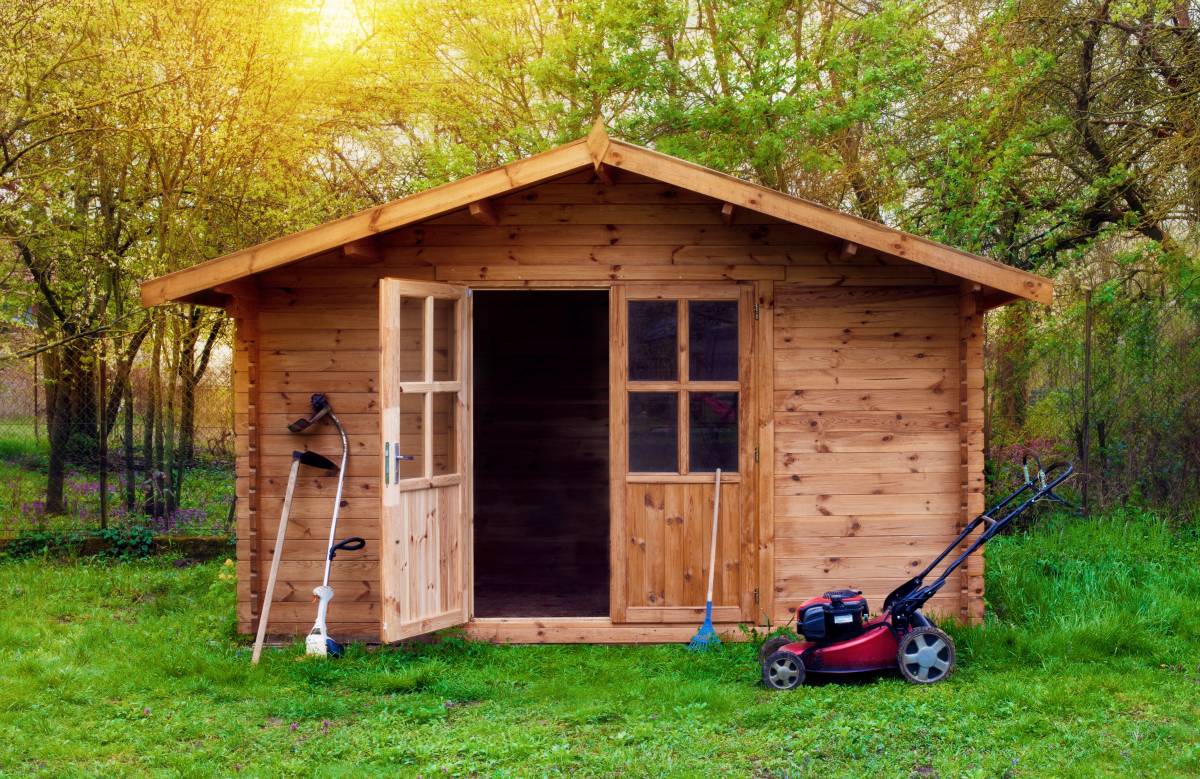Some of us may be convinced that our cats actually hate us, despite how much we love them. Unlike dogs, cats are somewhat unenthused by humans, walking around with their cat-vibe of superiority. Maybe it’s just our cats, and yours is all about positivity and high-fives, but either way, cats need to be kept engaged, active, and happy, and a DIY cat tree can tick all of these boxes.
No matter how pampered they may be, Cats still have a wild side, which is why they love climbing and perching somewhere that feels safe with a good view of the surroundings. A cat tree provides all of this, along with a scratching surface that will save your furniture from being the next claw-marks victim.
An enriched and engaged cat is happy and healthy, and with our tips below, you can build your own DIY cat tree that your furry friend will love!
Why kitty needs a cat tree
Never forget, your sweet purring ball of fluff is a wild animal that we’ve only domesticated for the past 10,000 years (dogs have been chilling with us for 30,000 years by comparison). This means that cats have innate wild behaviours that require habitats to climb, scratch, perch, and hide.
If you have an indoor-only cat, this is even more important! A cat tree that offers a safe, high perch keeps them off the top of your bookcase. A cat tree is literally a pseudo tree for your cat and a necessity to ensure they do not climb the walls, drapes or your furniture.
The best places for your DIY cat tree
The location of your DIY cat tree is vital and can be the difference between a happy cat and one with a huge behaviour problem. This is because cats want to be up high to observe their surroundings safely. In the wild, this is so they can search for prey while staying away from predators themselves.
If your cat lives with small kids or other animals, this is even more crucial. Place your DIY cat tree in a spot that your cat will be drawn to by ensuring it is nice and sunny. The optimal spot is near a window, and your cat will love to perch in those warm sunbeams. If your cat is particularly spoiled, you’ll also want to have them in view of the television so they can watch ‘cat TV’ on YouTube, which is a real thing that really exists (and cats love it).
How to make a cat tree DIY: Step-by-step
Step #1: Designing your cat tower
You can have fun with your design and essentially make it look however you like (maybe consult your cat?). Usually, DIY cat tree parts include pillars coming up from a base and different levels of platforms. It can be basic or elaborate; the choice is yours; just sketch your ideas before cutting any materials.
Step #2 Create the base
Aim for a base that’s at least 24-inches square to prevent the tower from tipping over. Essentially, your overall design will determine the base size, but we recommend using thick enough wood that it is sturdy. You can achieve this by glueing two pieces together to strengthen it.
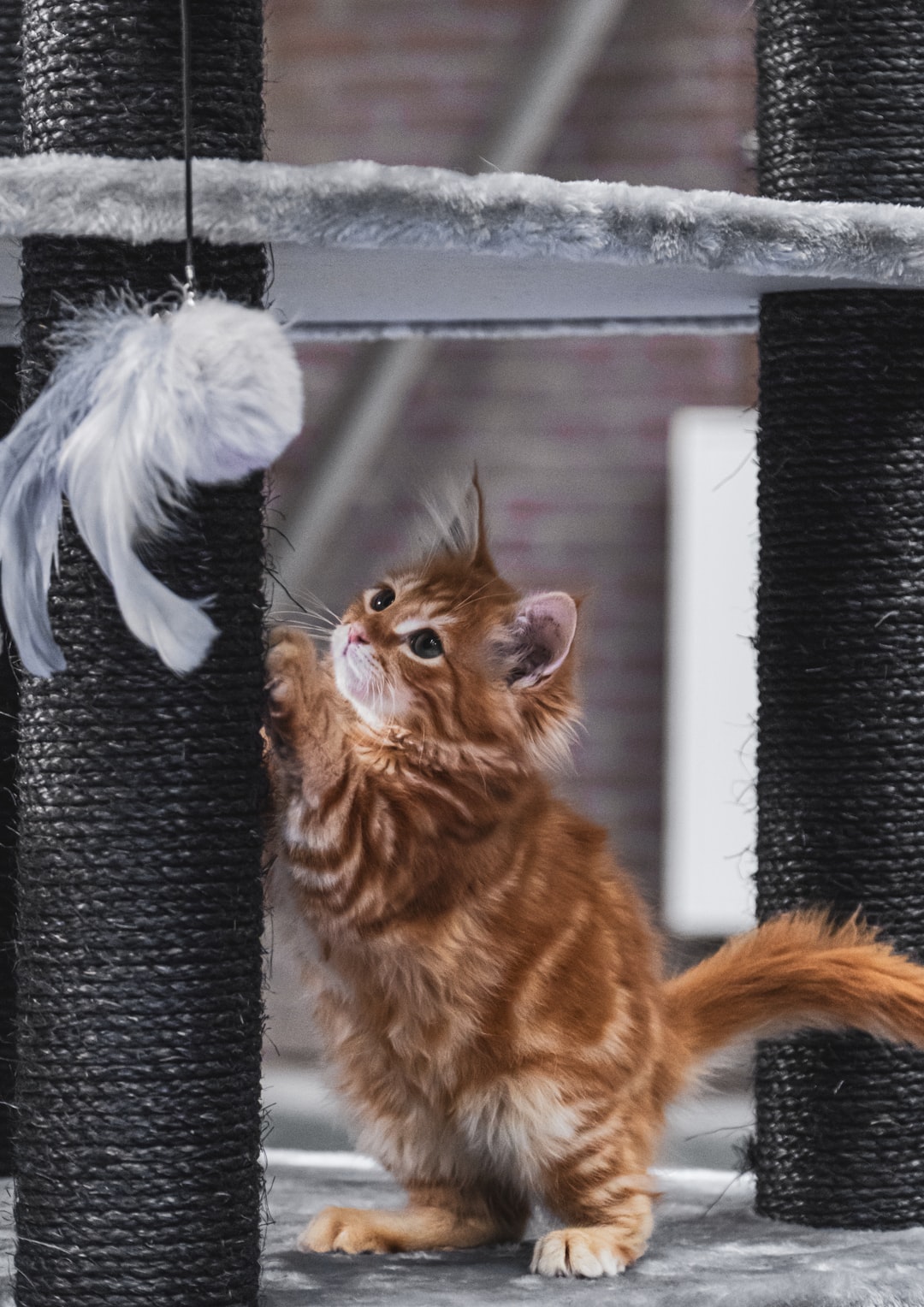
Step #3: Cutting the pieces
Cut your chosen materials to match your design. For example, use a circular or table saw for plywood and a hack saw for PVC if these are your chosen materials.
Step #4: Assemble
Temporarily assemble the cat tree with small nails or screws to check that you are happy with the design and it’s stable. Next, attach the posts to the base and secure them with screws coming up from the bottom of the base.
If you’re using PVC, you can cut a circle of thick wood slightly smaller than the inside diameter of the pipe. Screw this circle to the base, then slide the pipe over it and secure it with wood screws.
Step #5: Wrap with carpet
To make your tree a good place to scratch, wrap some random sections in carpet. Be sure to use a carpet knife to cut the pieces, then staple them in place in sections on your tree.
Step #6: Finishing steps
When you are done, inspect the cat tree for sharp corners, nails, screws, or anything else that might injure your little buddy! You can make it a bit more enticing and encouraging play by dangling a few cat toys from the tower, or add a hammock if your kitty likes to achieve Garfield levels of relaxation!
Other ways to keep your cat calm indoors
Cats can become stressed indoors, which can affect their interactions with you and overall health. Understanding the nature and behaviour of your cat can help you keep it calm and happy.
Cats are comfortable with the familiar so often just require time to adjust to things. Cats, like us, perceive the world through their senses, and here is how you can keep your cat calm for each of the four categories:
Smell
Your cat’s sense of smell is much better than yours. It is a big part of their communication, social behaviour, and food appreciation. They mark their scent by rubbing themselves on things to release natural pheromones that establish boundaries to help them feel safe and secure. To keep your cat calm:
- Avoid cleaning their scent off certain areas and items that are theirs
- Use a synthetic facial pheromone that mimics their natural pheromones
Hearing
Cat’s hearing is four times better (and more sensitive) than yours, so to help keep your cat calm from an audible point of view:
- Keep the noises low around your cat where possible
- Dampen noise when they are in a carrier by using a towel
- Play soothing music around the home
- Always use a low, soothing voice when talking to your cat
Touch
Cats are very sensitive, and their whiskers help them to feel their environment. They love gentle petting or stroking, and you can also:
- Be aware of your cat’s body language – if they walk away from you, don’t chase
- Cats love head and neck rubs in particular.
- Cats can suffer from “whisker stress,” so use wide, shallow bowls for water and food
Sight
Cats can see well in dim light, and rapid movements, especially when unanticipated, can make them be more reactive. You can lower stress in this area by:
- Making movements slow or creating distractions such as treats when that isn’t an option
- Never loom over your cat, as it makes you appear larger and more threatening
- Leave your cat be if they are not interested
- When in the carrier, cover everything with a towel to create a visual barrier
- Ensure your cat has a place in the home they can retreat to for some visual privacy
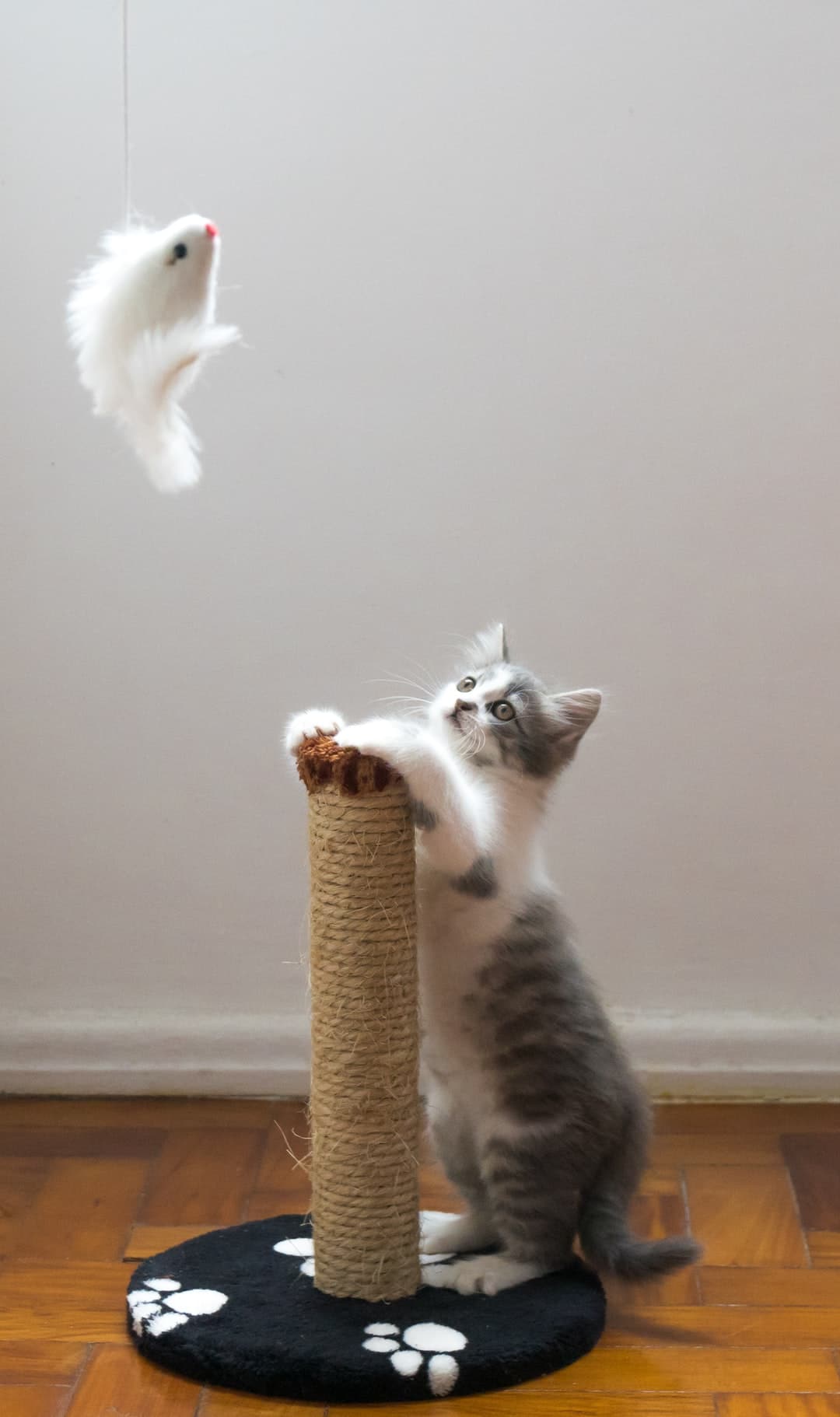
Frequently asked questions
Is it cheaper to buy or make a cat tree?
Making your own DIY cat tree is always a lot cheaper than a pre-bought option; it’s also more fun! You can customise the tree to look, and more importantly, fit, in any way or anywhere you want.
How hard is it to build a cat tree?
Building a basic cat tree isn’t hard and also doesn’t have to be expensive. There are other easy and cheap ways to keep your cat happy as well; they love cardboard and cardboard boxes. For your DIY cat tree, ensure you have a sturdy base that won’t tip over by designing it to be larger than the platform. You can create a heavier and more stable base by cutting two sheets of plywood and glueing them together.
What can I use instead of a cat tree?
Another option that your cat will love is a hammock. These allow your cat to jump, relax and swing. Just be aware, this is a better option for youngers kitties who are still good with their balance.
Keep your cat happy and comfy!
The DIY cat tree is a great way to help your beloved cat feel more comfortable at home. A happy kitty also means less potential damage to other things around the home that are definitely not cat toys (like your expensive couch).
If you need a little help with your feline friend, especially in the realm of grooming, save yourself from some unwanted claw marks and check out the Taskers that are experts in cat care.
We also have some more blogs that you may be interested in to help you become a better cat owner! For example, check out our furniture hacks for cat owners article, our tips to help you stop your cat from scratching the furniture, and a cost analysis between dog and cat ownership for those who are on the fence! Also, if you’d like to know much does installing a cat flap cost, visit our updated cat flap installation cost guide.
Remember, owning a pet is a huge responsibility and takes some work! You are their whole world so make sure you create a good one and give them all the love they deserve (as they will return it to you tenfold!).


